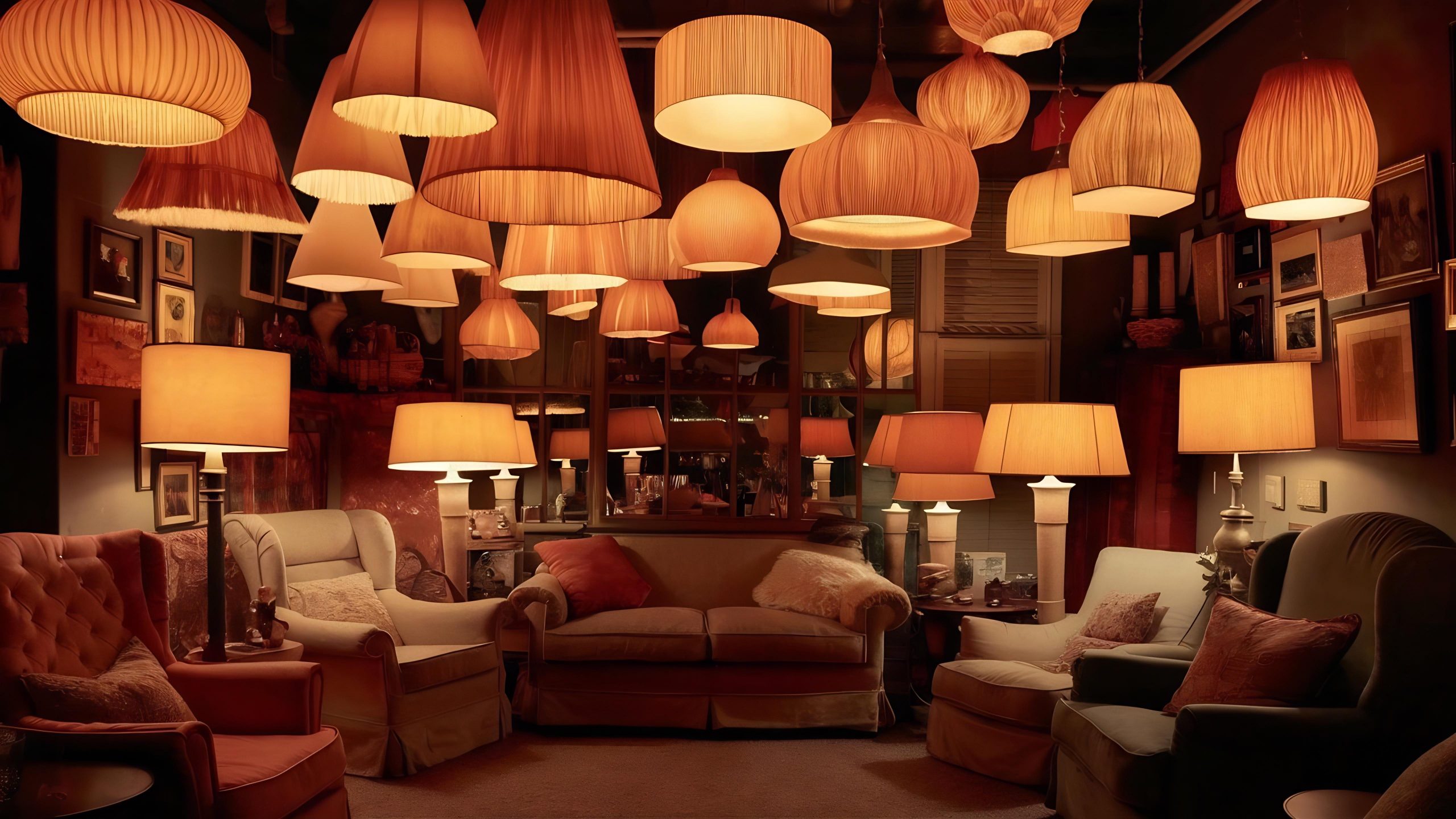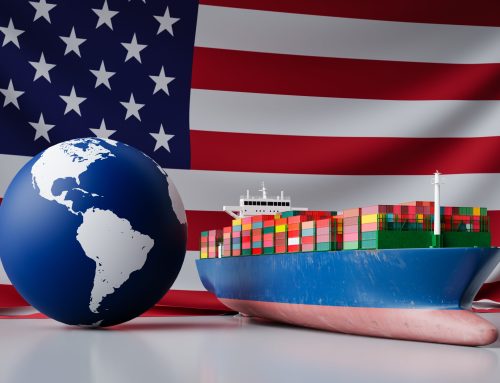From ceramic vases and wall art to pendant lights and LED lamps, home décor and lighting products rank among the most in-demand imports in the U.S. Whether you’re a retailer, wholesaler, or launching a new eCommerce brand, importing these products presents a lucrative opportunity—if done correctly.
U.S. Customs has specific rules for these product categories, and skipping steps can lead to delays, unexpected costs, or worse, rejected shipments. This guide breaks down what you need to know to import home décor and lighting fixtures into the U.S. smoothly and compliantly.
1. Start with Proper Product Classification
Every imported product must be classified under the Harmonized Tariff Schedule (HTS). Home décor and lighting fixtures fall under different HTS chapters depending on their material and function.
Here’s how it typically breaks down:
- Decorative items (e.g., wall art, sculptures, artificial flowers): HTS Chapter 69, 70, or 97, depending on material
- Lamps and lighting fixtures: HTS 9405
- LED lighting elements: HTS 8541 or 8543 if sold as parts
- Candle holders, vases, and small furnishings: HTS 6913, 7013, or others based on material (ceramic, glass, metal, etc.)
Even a small difference, like whether a lamp is electric or candle-powered, can change its classification and duty rate.
Need help getting this right? Visit our U.S. Import Tariffs & Duties Guide for a clearer understanding of how HTS codes affect your costs.
2. Understand Duty Rates and Trade Agreements
Duty rates for home décor and lighting products can vary widely, depending on the classification and the country of origin. For example:
- Ceramic decorative pieces may face duties of 5–9%
- Electric light fixtures can range from 3.9% to 8.5%
- LED components might be duty-free or have specific tariffs depending on origin
If you’re importing from a country with a U.S. free trade agreement—like Mexico or Canada—your products may qualify for reduced or zero duty rates, provided they meet origin requirements.
To explore how sourcing affects your costs, read our Import Diversification Strategies for U.S. Companies.
3. Labeling and Compliance Requirements
Labeling may not be top-of-mind for a decorative mirror, but customs certainly care. For both home décor and lighting fixtures, you’ll need to make sure your products include:
- Country of origin marking (e.g., “Made in India”) must be legible and permanent
- Electrical compliance labels for lighting (e.g., UL, ETL) if applicable
- Product documentation, including item description, HTS code, and value on your commercial invoice
Missing or incorrect origin markings are among the top reasons for customs seizures and delays.
Not sure which documents you’ll need? Use our Key Documents for Importing Goods into the USA to double-check.
4. Electrical and Safety Standards for Lighting
Importing electric lighting comes with an extra layer of complexity and safety certifications.
While the U.S. government doesn’t require UL (Underwriters Laboratories) or ETL (Electrical Testing Labs) marks by law, retailers, distributors, and building codes often do. If you plan to sell lighting fixtures in physical stores or through major online platforms, certification may be required.
Be prepared to:
- Source products that are UL- or ETL-certified
- Include wiring diagrams or manuals for customs inspection
- Clearly label technical specifications (voltage, wattage, bulb type, etc.)
Without these steps, your lighting products may clear customs but not your customers.
5. Packaging, Fragility, and Freight Considerations
Home décor and lighting products are often fragile, bulky, and high-value, which means:
- Proper packaging is essential, using foam, double-boxing, or crates
- Freight class can significantly impact shipping costs
- Dimensional weight pricing applies to many lightweight but large boxes
Also, keep in mind that fragile or oversized goods are more likely to be inspected. Learn how to avoid hold-ups with our Top Ways to Streamline Your Import Process.
6. Common Mistakes to Avoid
Here are some of the top errors importers make when bringing home décor and lighting into the U.S.:
- Misclassifying LED parts as finished lighting units
- Forgetting UL/ETL certifications for electric fixtures
- Missing country-of-origin markings
- Under-declaring value to reduce duty (a major red flag!)
- Inadequate packing leading to damaged goods and insurance issues
Avoid delays and penalties by partnering with a licensed customs broker; they’ll help you catch these issues before your shipment lands.
Not sure what a broker does? Learn more in What Is a Customs Broker and Why Do You Need One?.
7. Selling Online? Prepare for Marketplace Requirements
If you’re importing home décor or lighting to sell on Amazon, Wayfair, or your site, you’ll also need to:
- Ensure compliance with marketplace standards (e.g., certifications, voltage compatibility)
- Provide correct product listings that match what’s labeled on your product
- Handle cross-border returns with a clear plan (see How to Manage Cross-Border Returns)
eCommerce-friendly packaging and documentation also reduce return rates and improve customer satisfaction.
Conclusion
Importing home décor and lighting fixtures into the U.S. can be highly profitable, but success depends on detailed attention to product classification, documentation, compliance, and logistics. With the right strategy and support, your business can deliver beautiful, compliant, and high-quality products to U.S. customers without the delays or surprises.
Let Clearit USA Light the Way
Whether you’re importing lamps, mirrors, vases, or wall art, Clearit USA is here to help you navigate customs with confidence. From classification and labeling to document prep and clearance, we’ll handle the tough stuff so you can focus on growing your brand.
Contact us today and simplify your next shipment.





